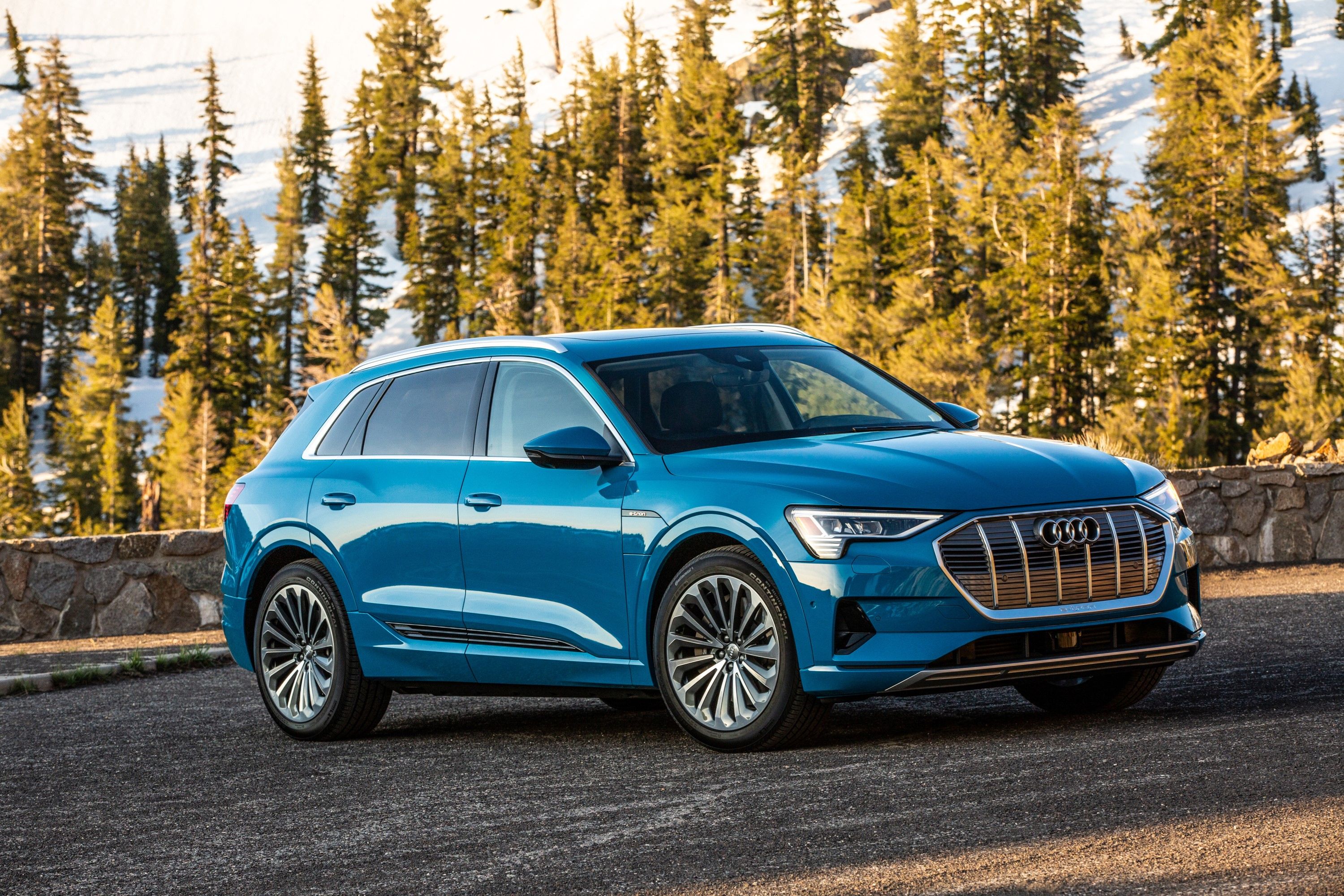You can't talk about electric vehicles without mentioning the incredible possibilities of solid-state battery technology, with Toyota set to bring the battery tech closer to reality next year. But it may be some time before consumers can go out and buy a new vehicle with such a battery, and until then, more conventional lithium-ion batteries will continue to dominate.
The big news right now is that lithium-ion battery pack prices have decreased sharply in 2020, dropping to below $100 per-kilowatt-hour for the first time ever for e-bus batteries in China. The market average is now $137/kWh, down from over $1,100/kWh in 2010.
According to a report by BloombergNEF (BNEF), the average price of these battery packs will get close to $100/kWh by the year 2023. This is significant as, at that price point, it is predicted that automakers will finally be able to produce and sell electric vehicles for a comparable price - and with a comparable margin - as a similar vehicle powered by a conventional, internal combustion engine.
Erasing the current price differential would go a long way to increasing EV sales. Consider, for instance, that the cheapest Audi e-tron begins at $65,900, whereas the similarly-sized Audi Q5 starts at over $20,000 less than that. If prices equalize, charging infrastructure continues to improve, and range on a full charge increases, EVs suddenly become the smart choice - not the left-field alternative.
"It is a historic milestone to see pack prices of less than $100/kWh reported," said James Frith, BNEF's head of energy storage research. "Within just a few years, we will see the average price in the industry pass this point."
Various factors have contributed to the drop in prices such as lower manufacturing costs, new pack designs, and larger order sizes. By the year 2030, it's possible that battery prices will be down to $58/kWh, which could be driven by the move to solid-state batteries which can be produced at just 40 percent of what it costs to make lithium-ion battery packs.
It all means that conventionally-powered vehicles may be running on borrowed time, with just a few years left with a significant price advantage over comparable EVs.

